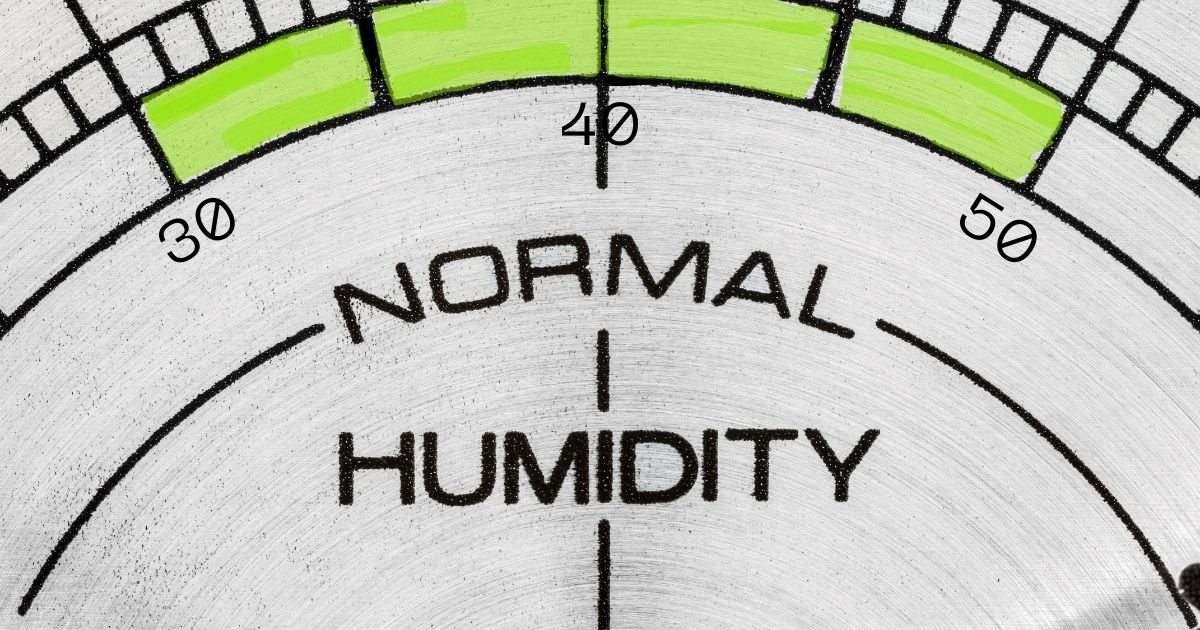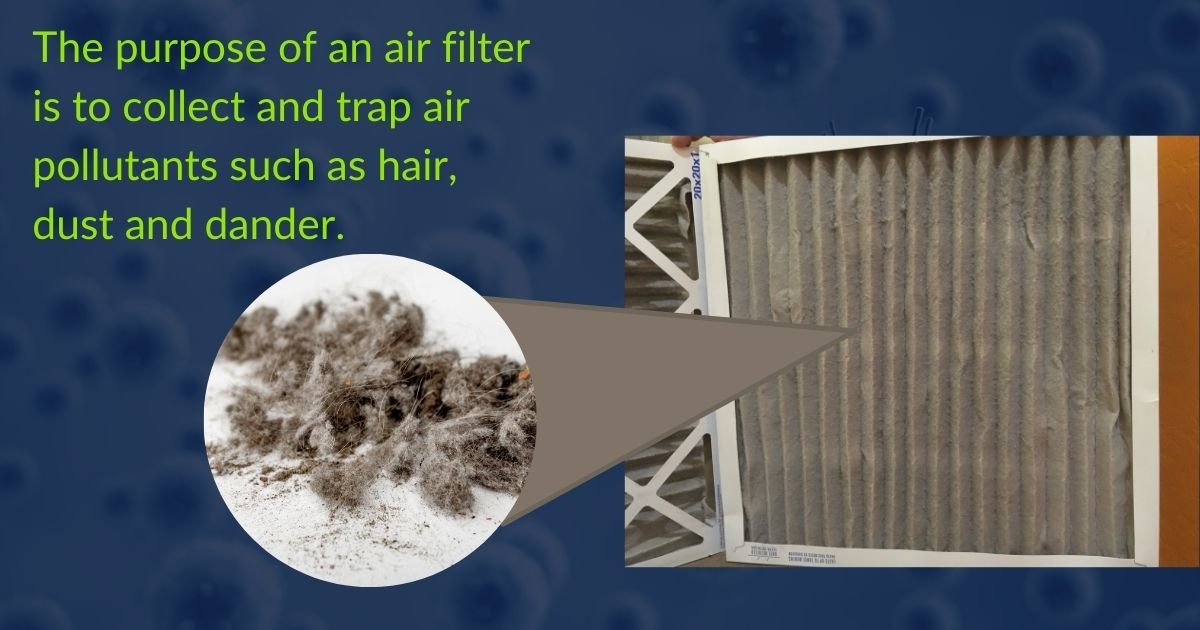Top 10 Tips for Indoor Air Quality Improvement at Home
Let's talk about something that's often overlooked but super important - your home's indoor air quality. You might be surprised to learn that the air inside your cozy abode can be just as polluted as the great outdoors, sometimes even more so! But don't worry, we've got your back with these top 10 tips to help you breathe easier.
Understanding Indoor Air Quality
Let's face it, we're all practically indoor creatures these days. According to the Environmental Protection Agency (EPA), the average American spends about 90% of their life indoors. That's right, we're talking about most of your life spent breathing indoor air. So, it's pretty important to make sure that overall air quality is as clean as possible.
Poor indoor air quality isn't just about that musty smell in your basement. It can lead to some not-so fun side effects. But don't worry - with a little know-how and some elbow grease, you can turn your home into a breath of fresh air. Indoor air quality is one of the most important factors for overall health, as poor air quality can lead to serious health effects such as headaches, irritation, and even respiratory diseases.
Improving indoor air quality can be achieved with preventative maintenance and basic knowledge.
Indoor air pollution can be just as bad as outdoor air pollution, and it’s important to take steps to improve indoor air quality.
Identifying Sources of Indoor Air Pollution: The Usual Suspects
Before we can tackle the problem, we need to know what we're up against. Indoor air pollutants can come from all sorts of places, some of which might surprise you:
Air pollutants can range from contaminants brought in from outdoors to dangerous gas leaks.
That "new car smell" in your freshly painted living room? It could be volatile organic compounds (VOCs) off-gassing.
Got an older home? Watch out for asbestos and lead particles - which can be damaging to the lungs. These are like the grumpy old men of indoor air pollution.
And let's not forget about our old frenemy, carbon monoxide. This sneaky gas can escape from natural gas appliances and cause serious harm.
Mold and mildew are like the uninvited house guests of the microbial world, often setting up shop in damp areas like bathrooms and kitchens.
Improving Ventilation: Let's Get Some Fresh Air in Here!
One of the easiest ways to improve indoor air quality is to introduce fresh air. It's like giving your house a big, refreshing breath! Here are some tips:
Open those ventilation windows! When weather permits, let Mother Nature do her thing. Introducing fresh air can help remove stale air and pollutants, improving indoor air quality.
Use exhaust fans in your kitchen and bathroom. They're not just for getting rid of cooking smells or shower steam - they help remove indoor air pollutants too.
Consider a whole-house ventilation system to give a breath of fresh air to your entire home!
Or, using an air purifier can help remove pollutants and improve indoor air quality.
Remember, though, sometimes the outdoor air quality isn't great either. Factors like weather conditions, humidity, and pollution levels outside may not be better than indoor air. On those days, you might want to keep the windows closed and rely on other methods to clean your indoor air.
Using Air Filtration: Catch Those Dirty Particles
Air filters are like the bouncers of the indoor air quality world - they decide which small particles will get to stay and which ones have to go. Here's how to make the most of them:
Invest in a high quality air filter for your HVAC system. Look for one with a high MERV rating to catch smaller particles.
Don't forget to change those filters regularly! A clogged filter is about as useful as a screen door on a submarine.
Consider portable air cleaners for problem areas. They can be a great sidekick to your main HVAC filter.
Controlling Humidity: Not Too Dry, Not Too Damp
Goldilocks had the right idea - we're looking for humidity, and that's just right. If there’s too much moisture and you're inviting mold and mold spores to the party, which could trigger respiratory issues like allergies and asthma. Too little, and you might as well be living in the Sahara. Here's how to find that sweet spot:
Aim for indoor relative humidity between 30% and 50%.
Use dehumidifiers in damp areas to reduce moisture in the air and keep mold and mildew at bay.
In dry seasons, consider a humidifier to add a bit of moisture to the air.
Reducing Indoor Air Pollution Sources: Nip It in the Bud
The best way to deal with indoor air pollution? Stop it before it starts! Here are some tips:
Say goodbye to scented products. Those air fresheners might smell nice, but they could be adding VOCs to your air.
Choose low-VOC paints and finishes when redecorating.
Keep your home smoke-free. Tobacco smoke is like a cocktail of nasty pollutants.
Be smart about your cleaning products. Here's the dirt on keeping your home clean without polluting your air:
Many conventional cleaning products are loaded with harsh chemicals that can irritate your lungs and introduce pollutants into your indoor air. It's like inviting a bunch of rowdy party crashers into your home!
Opt for natural, non-toxic cleaning alternatives. Vinegar, baking soda, and lemon juice can work wonders without the nasty side effects.
If you must use chemical cleaners, make sure to ventilate the area well. Open those windows or run exhaust fans to help usher out any lingering fumes.
Look for cleaning products labeled as "low-VOC" or "zero-VOC". These are like the designated drivers of the cleaning world - they get the job done without causing trouble.
Consider making your own cleaning solutions. It's easier than you think, and you'll know exactly what's in them. Plus, it's a DIY project that your lungs will thank you for!
Remember, a clean home shouldn't come at the cost of clean air. By being mindful of your own cleaning supplies and products, you're not just tidying up - you're actively improving your indoor air quality. Now that's what we call a win-win!
Maintaining Air Quality Systems: Keep 'Em Clean, Folks!
Your HVAC system and air ducts are the lungs of the air conditioning your home. Keep them clean, and they'll keep your air clean. Here's how:
Regular HVAC maintenance is key. Keeping air ducts clean is important for indoor air quality. It's like a spa day for your heating and cooling system!
Keep an eye out for dust buildup on your vents or furniture. If you see it, it might be time for a duct cleaning.
Don't forget about your kitchen range hood and bathroom exhaust fans. They need some TLC too!
Monitoring and Testing Indoor Air Quality: Knowledge is Power
You can't fix what you don't know about, right? Here's how to stay informed about your indoor air quality:
Consider using a home air quality monitor. It's like a weather station inside your house!
Pay attention to how you feel at home. Persistent allergies or headaches could be a sign of poor indoor air quality.
When in doubt, call in the pros for a thorough air quality assessment.
Use the AirNow app to test indoor air quality.
Additional Tips for Improving Indoor Air Quality: The Extra Mile
Want to go above and beyond? Try these simple bonus tips:
Break out that vacuum cleaner, and keep those carpets and rugs clean. They're like giant air filters for your floor, trapping dust and particles.
Implement a no-shoes policy. Less dirt coming in means cleaner air.
Clean your floor coverings regularly to remove pet dander, dirt, and pollen.
Add some greenery! Some indoor plants can help filter the air naturally.
If you live in a dry region, use a humidifier to add moisture to the air and improve indoor air quality during winter.
Conclusion: Breathe Easy, Your Health Depends On It!
Alright, let's wrap this up with some mind-blowing facts. Since we as people spend almost 90% of our lives indoors, it’s important that our indoor air is clean and healthy. It isn't just a nice-to-have, it's a must-have for you and your family.
Now, you might be thinking, "But doesn't the Environmental Protection Agency (EPA) take care of air quality?" Well, yes and no. The EPA does a great job focusing on outdoor air quality, but here's the kicker - indoor air quality is just as important, if not more so, given how much time we spend inside.
Here's why you should care: improving your indoor air quality isn't just about avoiding that stuffy nose or pesky cough. It's about reducing your risk of some serious stuff like respiratory diseases, lung cancer and cardiovascular disease. Yeah, it's that important!
We get it - all this information might seem dry or boring, but remember, even small steps can make a big difference. Start by opening those windows when you can to further improve air quality and ventilation, changing that hepa filter regularly, and be mindful of the products you bring into your home.
Prioritizing indoor air quality is like giving your home (and your health) a big ol' bear hug. It's all about creating a healthier living environment where you and your loved ones can breathe easy and thrive.
So, take a deep breath (preferably of clean indoor air) and pat yourself on the back. By reading this article and considering these tips, you're already on your way to better indoor air quality. Your lungs, your heart, and your whole body will thank you!
And hey, if you're in the Bear Lake Valley or Star Valley areas and want some expert help in turning your home into a clean-air haven, give us a shout at Argyle Bros Insulation. We're not just about keeping your home cozy - we're all about creating healthier, more comfortable living spaces. Let's work together to make your home comfortable and a breath of fresh air!
Sources:
U.S. Environmental Protection Agency. 1989. Report to Congress on indoor air quality: Volume 2. EPA/400/1-89/001C. Washington, DC.





